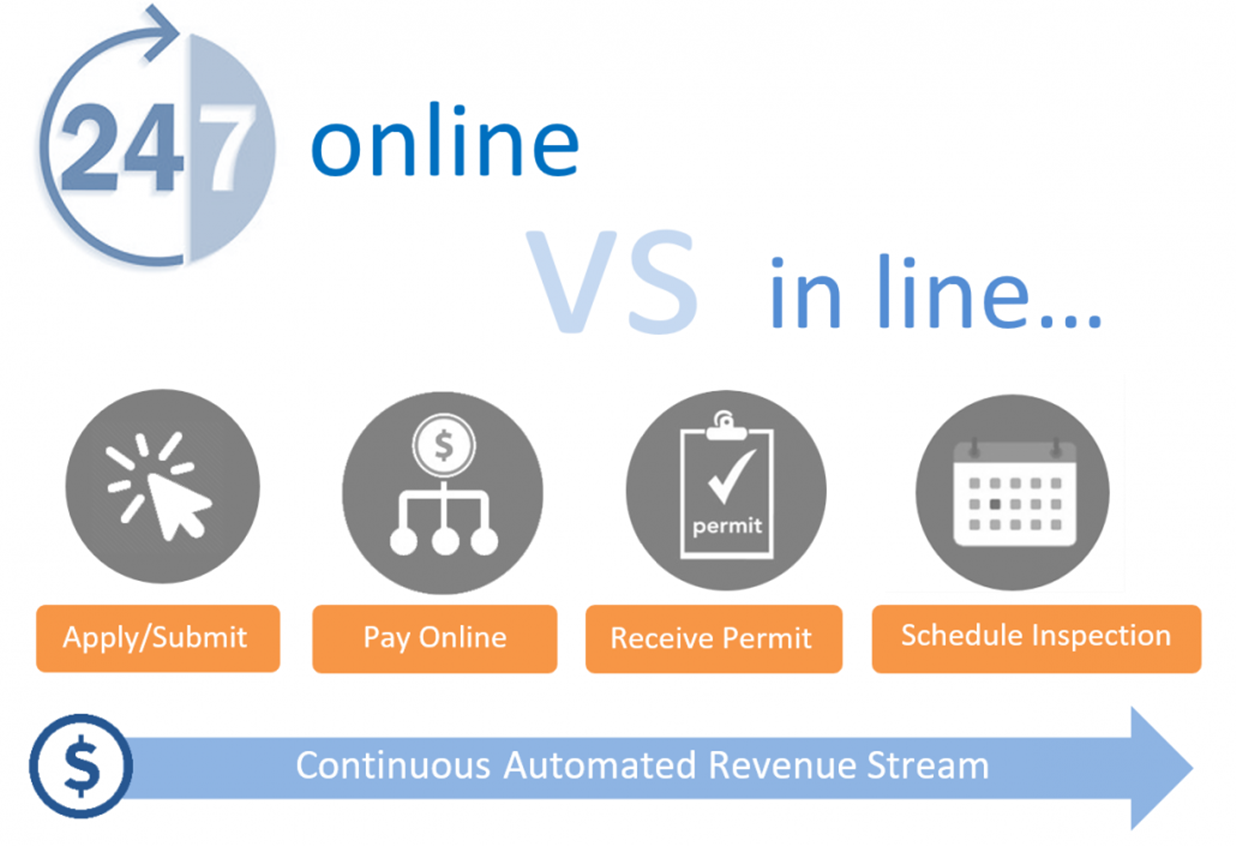S5-F1-C1: Determining an Individual’s Residence Status
1.44 The Courts have stated that holders of a United States Permanent Residence Card (otherwise referred to as aGreen Card) are considered to be resident in the United States for purposes of paragraph 1 of the Residence article of the Canada-U.S. Tax Convention. For further information, see the Federal Court of Appeal’s comments in Allchin v R,2004 FCA 206, 2004 DTC 6468.
1.45 Where an individual is determined to be a dual resident, the Residence article in the tax treaty will providetie-breaker rules to determine in which country the individual will be resident for purposes of the other provisions of the treaty. If such tie-breaker rules apply and it is determined that an individual is a resident of another country for purposes of a tax treaty between Canada and that country, then subsection 250(5) will deem the individual to be a non-residentof Canada for purposes of the Act (see ¶1.37 – 1.39).
Permanent home test
1.46 Tie-breaker rules are found in paragraph 2 of the Residence article of most of Canada’s income tax treaties. Usually, these rules rely first on a permanent home test to resolve the residence issue. Generally, the permanent home test provides that an individual is resident for purposes of the treaty in the country in which the individual has a permanent home available to him or her. A permanent home (as that term is used in income tax treaties) may be any kind of dwelling place that the individual retains for his or her permanent (as opposed to occasional) use, whether that dwelling place is rented (including a rented furnished room) or purchased or otherwise occupied on a permanent basis. It is the permanence of the home, rather than its size or the nature of ownership or tenancy, that is of relevance.
1.47 For further guidance on the application of the permanent home test, the Courts have referred to the commentary to paragraph 2 of the Residence article of the Organization for Economic Cooperation and Development Model Tax Convention on Income and on Capital, July 2010 . The OECD Model Tax Convention states in part, as follows:
“…the permanence of the home is essential; this means that the individual has arranged to have the dwelling available to him at all times continuously, and not occasionally for the purpose of a stay which, owing to the reasons for it, is necessarily of short duration (travel for pleasure, business travel, educational travel, attending a course at a school, etc).”
1.48 In applying the tie-breaker rules (see ¶1.40 – 1.45), a dual resident individual who is determined to have a permanent home available to him or her in only one country, will be deemed to be a resident of that country for purposes of the treaty. In such cases, it is not necessary to apply the centre of vital interests test outlined in ¶1.50– 1.51.
1.49 Where an individual has two permanent homes while living outside Canada (for example, a dwelling place rented by the individual abroad and a property owned by the individual in Canada that continues to be available for his or her use, such as a home that is not leased to a third party on arm’s length terms and conditions as described in ¶1.12) the permanent home test will not result in a residency determination. Where this is the case, the tie-breaker rules of most treaties then refer to a centre of vital interests test.
Centre of vital interests test
1.50 The centre of vital interests test requires a close examination of the individual’s personal and economic ties with each country in question, in order to determine with which country those ties are closer. The personal and economic ties to be examined are similar to those used in determining factual residence for purposes of Canadian income tax (see especially ¶1.10 – 1.15) . For further guidance on the application of the centre of vital interests test, the Courts have referred to the commentary to paragraph 2 of the Residence article of the OECD Model Tax Convention, which states in part, as follows:
“If the individual has a permanent home in both Contracting States, it is necessary to look at the facts in order to ascertain with which of the two States his personal and economic relations are closer. Thus, regard will be had to his family and social relations, his occupations, his political, cultural or other activities, his place of business, the place from which he administers his property, etc. The circumstances must be examined as a whole, but it is nevertheless obvious that considerations based on the personal acts of the individual must receive special attention. If a person who has a home in one State sets up a second in the other State while retaining the first, the fact that he retains the first in the environment where he has always lived, where he has worked, and where he has his family and possessions, can, together with other elements, go to demonstrate that he has retained his centre of vital interests in the first State.”
There are other tests that will apply if the centre of vital interests test is inconclusive and these will generally be outlined in the Residence article of the applicable tax treaty.





